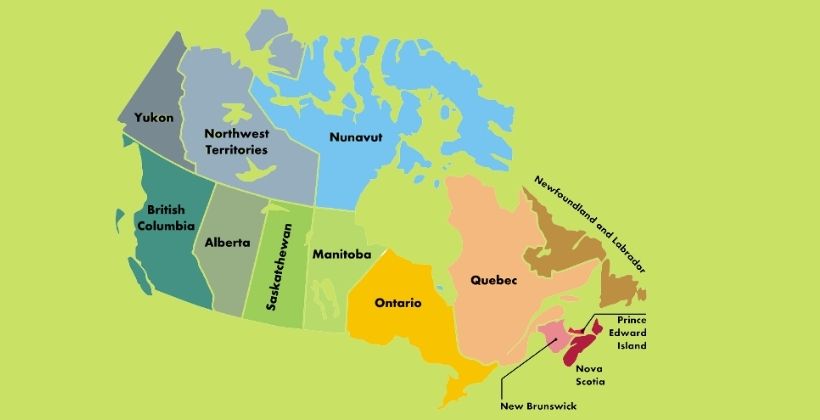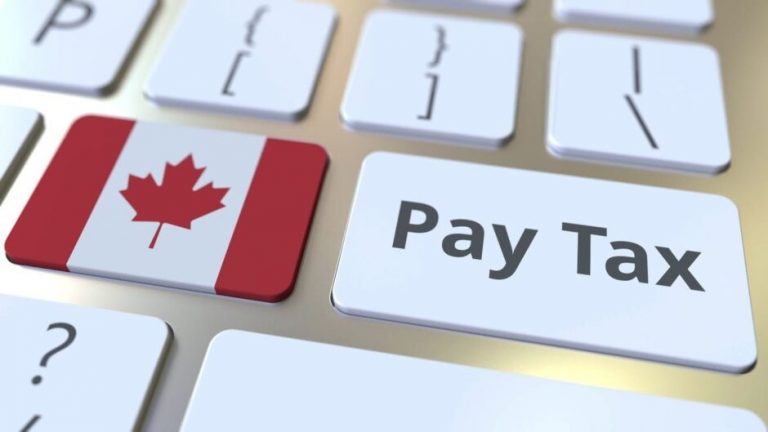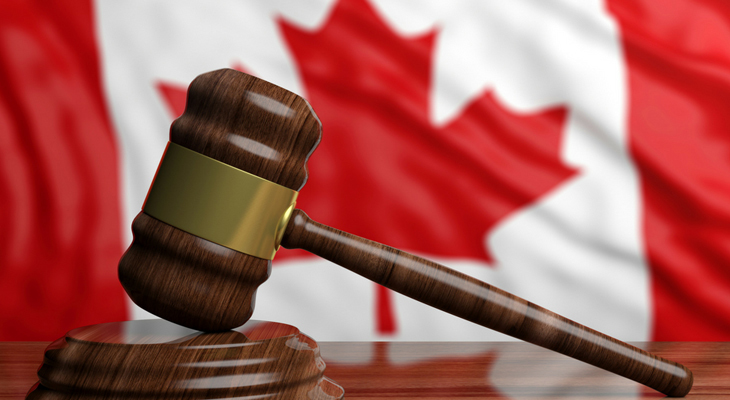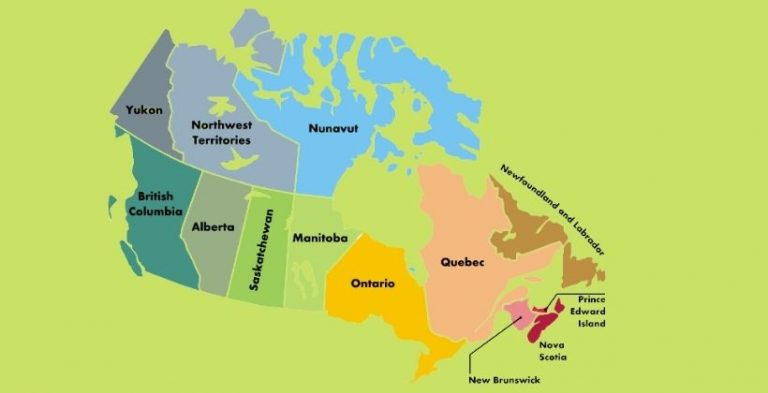
If you want a concise, current explanation of provinces vs territories Canada, this guide lays out the constitutional differences, who holds power, how funding works, and what devolution means in practice (including recent developments). Provinces are constitutional actors with powers set out in the Constitution Act, 1867. Territories exercise powers that Parliament delegates and rely more heavily on federal transfers. Below you’ll find the practical consequences of that distinction for natural resources, courts, governance, and public services.
The constitutional difference: why provinces are not the same as territories
The most fundamental point when comparing provinces vs territories Canada is constitutional status. Provinces derive their authority directly from the Constitution (notably sections such as s.92 of the Constitution Act, 1867), which lists subjects on which provincial legislatures can make laws. Territories, by contrast, do not have the same constitutional status. Their powers are delegated by Parliament and established in federal statutes and specific devolution agreements. In short, provinces are constitutionally entrenched; territories are governed by federal statute and agreements. (Justice Laws Website)
How governance differs: lieutenant governors vs commissioners
In provinces the Crown is represented by a lieutenant governor, appointed on the advice of the federal government but acting as the provincial viceregal representative with constitutional duties. Territorial governments have commissioners, who historically represented federal authority (and are federal appointees). In practice, territorial commissioners now generally fulfill ceremonial roles similar to lieutenant governors, but the legal source of their authority is different: provincial powers are exercised under the Constitution; territorial powers are exercised under federal statutes or delegated agreements. (Legislative Assembly NWT)
Legislative and legal powers: what provinces can do that territories usually can’t
Provinces have exclusive legislative powers over many everyday areas — property and civil rights, education, hospitals, natural resources (section 92A for resources in the Constitution), and other subjects listed in the Constitution. Changing that division of powers requires constitutional amendment procedures. Territories have powers set out in federal statutes (for example, territorial acts and devolution agreements) and can have many of the same practical powers, but those powers ultimately remain delegable or alterable by Parliament. That legal difference matters most when a territory seeks permanent, constitutionally protected authority over a new policy area. (Justice Laws Website)
Natural resources and devolution — an example in motion
One concrete area of divergence in provinces vs territories canada is control over natural resources and land. Provinces generally control Crown lands and resource royalties within their borders. Territories historically had fewer resource controls, but recent devolution agreements have changed that picture. For example, the Northwest Territories and Yukon have taken on increasing control of public lands and resources under earlier devolution deals, and Nunavut’s land- and resource-devolution processes have advanced with transfer agreements in negotiation and implementation stages (transfer dates and terms are set out in specific agreements). Devolution narrows practical gaps between provinces and territories, but the constitutional distinction remains. (Osler)
Fiscal arrangements: transfers, equalization, and territorial formula financing
Because territories have smaller tax bases and higher per-capita costs, they rely more on federal transfers. The federal government provides major transfer programs — the Canada Health Transfer, Canada Social Transfer, Equalization (for provinces that qualify) and Territorial Formula Financing (TFF) specifically for the territories. TFF is designed to help the territories deliver comparable public services despite higher costs and smaller populations; provinces participate in different transfer arrangements, including equalization payments for less-prosperous provinces. These fiscal programs are central to understanding provinces vs territories canada in practical budgeting terms. (Government of Canada)
Services and administration: similar outcomes, different legal roots
On the ground, many public services look similar: hospitals, schools, transportation, and policing are organized by the provincial or territorial government and delivered locally. But the legal and financial roots differ: provinces legislate under constitutional authority and raise more of their own revenue (taxes, resource royalties), whereas territories often operate under federal frameworks and rely on transfers to balance service delivery. That means policy changes that would require constitutional amendment for provinces can sometimes be enacted by Parliament (or via negotiated devolution) for territories — a difference that shapes long-term planning and political leverage. (Government of Canada)
Political representation and the amending formula
Provinces are full players in constitutional amendment processes; territories are not part of the standard provincial amending formulas. This affects the ability of a jurisdiction to change the Constitution or claim the same level of constitutional sovereignty as a province. Any permanent change to a territory’s constitutional status (for example, becoming a province) would require federal legislation and, realistically, a negotiated constitutional process with provinces and Parliament. That constitutional pathway is part of why provinces vs territories canada remains a live political discussion in some northern and regional contexts. (Legislative Assembly NWT)
Practical takeaways for residents and businesses
- If you live in a province you are living under a government whose powers are constitutionally guaranteed. If you live in a territory, many powers have been delegated by Parliament and can change through federal action or bilateral agreements.
- Territories can (and increasingly do) run programs similar to provinces. But they often depend more on federal funding and negotiated devolution for resource control and long-term fiscal stability.
- For businesses and investors, resource royalties, permitting rules, and regulatory regimes can differ materially. Because provinces generally set resource policy while territorial rules may reflect devolution arrangements or federal frameworks. (Osler)
Final thought: the line is legal, the outcome often collaborative
When weighing provinces vs territories canada, remember the short answer: provinces have constitutional powers; territories have delegated powers. In practice, federal, provincial and territorial governments work together on many shared challenges. From health care and housing to economic development in the North. And devolution agreements have been narrowing practical differences. Still, the constitutional distinction matters for long-term sovereignty, amendment rights, and the mechanics of who can change what. For the most current, official descriptions and recent agreement texts, consult the Government of Canada’s Intergovernmental Affairs pages. And the specific territorial government sites. (Government of Canada)
Follow TNN for more CANADA NEWS TODAY!



